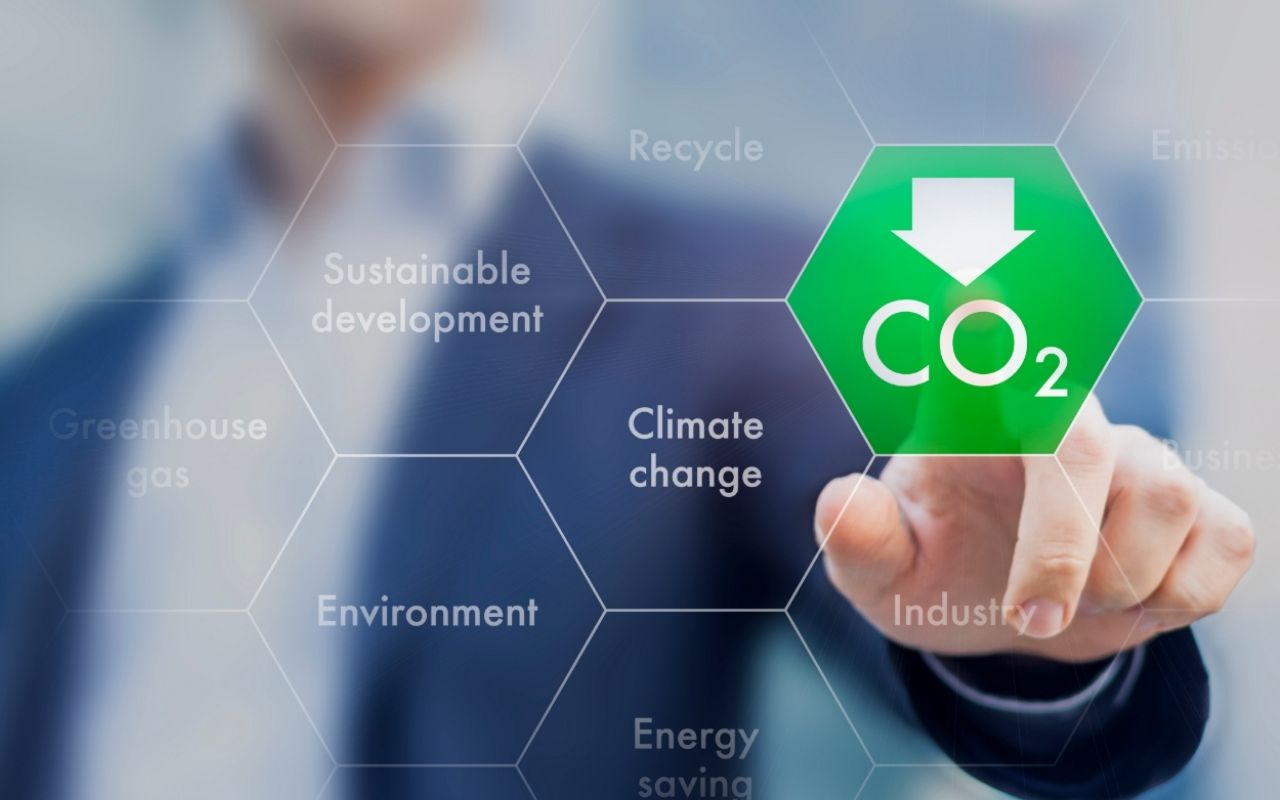The principle of greening the planet to prevent global warming has become an utter fiasco and needs a different solution to it. Governments and other non-governmental organisations are continuously making statements in media stories on how much they have managed to curb greenhouse gas pollution and regulate global change with the dream of greening the planet. I am of the opinion, though, and argue that as greenhouse gas emissions are looked at from a holistic standpoint, all statements of accomplishments have been complete disappointment. This is because on a constant basis, “rates of greenhouse emission keeps going up with very little to no significant rate of reduction recorded in the trend” (Armour and Roe, 2011). Meanwhile, greenhouse gas emission has been found to be the “major cause of global warming, a phenomenon that puts the future of the entire globe at risk for future survival” (Galford et al, 2010). Scientists have actually warmed of the looming danger with global warming, giving every indication that note much has been done so far to calve the situation. In this argumentation or position essay, I take a stand that all efforts on greening the earth by reducing greenhouse gas emission have been a total failure and that there is the need for a paradigm shift, backed by pragmatic global intervention to be taken on the prevailing situation.
Once it controls the emission of greenhouse gases from its source, there is evidence that the levels of these harmful gases into the atmosphere will be reduced. One of the approaches to reducing the presence of greenhouse gas emissions is thus by reducing the number of possible sources from which the emission comes from. However, the EPA (2010) in its latest survey and research found that there are new sources of greenhouse gas emission springing up by the day. What is quite disturbing is the degree to which some of these rather new sources are controlling the levels of greenhouse gas emissions. In the chat below, seven major sources of greenhouse gas emissions are identified with corresponding levels of contribution of greenhouse gas emissions from these sources.

2008 Global CO2 Emissions from Fossil Fuel Combustion and some Industrial Processes (million metric tons of CO2)
Source: IPPC (2007)
The EPA (2010) states from the aforementioned statistic that factors such as irrigation, waste and waste water, and residential and industrial buildings are very recent sources that have been applied over the years to the sources of greenhouse gas pollution. Therefore, the understanding is that these sources did not pose any danger to the environment in terms of the production of greenhouse gases in previous years. Through these arguments, I would raise a question to justify my stance that if achievements have already been accomplished, why do greenhouse gas pollution sources rise rather than decrease?
The University of Washington (2011) reports a startling discovery from data of a growing array of sources of greenhouse gas pollution that the rate of greenhouse gas emissions have become so alarming that there is practically little possibility of stopping the trend. Therefore, the source states that, “Even if the most stringent policy proposals were adopted, there would continue to be warming” (University of Washington, 2011). The key fundamental cause for growth is that certain greenhouse gases have been allowed to control so often of global warming that they have established heat-trapping processes that in the nearest future will begin to account for heat pollution. In the graph below, there is more evidence to support the fact that greening attempts have failed because too little has been done by global policymakers to regulate the effects of those greenhouse gases, particularly carbon dioxide and methane.

Global Greenhouse Gas Emissions by Gas
Source: IPPC (2007).
From the above table, it will be known that among the numerous greenhouse causes gas emission such as deforestation, decay of biomass and fossil fuel use carbon dioxide is emitted in all instances and at the largest percentage. Together with methane, which is also emitted at 14%, an enclave of heat-trapping greenhouse has been created, pushing the hope of a total restoration of the earth very far. The restoration is said to have been pushed far because even if there were no more greenhouse gas emissions, collections of emitted gases would still pose as a challenge to global warming (University of Washington, 2011).
Indeed, the picture painted by University of Washington (2011) on the future of controlling global warming is very alarming and threatening. However, another research gives some level of hope, based on which the final solution based evidence is being given for this position essay. According to the source, greenhouse gas emission can be reduced and gradually brought non-harming levels if certain key practices that promote greenhouse gas emission are reduced drastically. On deforestation for example, the research said that, “to reduce deforestation rates by 89 percent by 2020 would be an effective way to minimize future greenhouse gas emissions” (Stanley, 2010). In line with the suggestion, several governments, including the Brazilian government have taken up new steps in ensuring that the reduction rates that have been outlined will be achieved. The question will therefore be posed again that if what has been done is enough, why does there continue to be rush approaches to global warming. Clearly, not enough has been done and it is only a step in the direction that this will be admitted by various governments just as the Brazilian government has done. This is because if for nothing at all, knowing that the problem exists gives the need for interventions to be developed for them. As part of a new approach to global warming, I recommends a decentralized facilitation intervention that ensures that the control of greenhouse gas emission is done at the lowest decision making level. This is hoped to be more effective than taking up the control from a very wide national level (Galford et al, 2010).
In the wake of all the arguments and evidences presented above, the researcher firmly concludes that the fight against greenhouse gas emission and for that matter greening of the earth has been a lost battle. Several reasons have been assigned as to why this position is authentic, including the use of facts and figure from highly credible and reliable sources such as the Environmental Protection Agency. The key areas that the facts and figures outlined were the ever growing sources of greenhouse gas emission. With this, the argument was supported in the sense that if the fight to reduce greenhouse gases had really been successful, the number of sources of greenhouse gas emission and the quantities of gas they emit would have gone down. It was also seen that not much has been done to control and tramp down on the effect and dominance of carbon dioxide and methane gases on the environment. This has lead to a long lasting impact where a shield against future interventions has been created. But all hope is not lost if the percentage of reduction of greenhouse gas emission can be kept higher and at consistent rates. If for nothing at all, the world should have a target for itself that aims at reducing some of these causes by 86% by the year 2020 and much of the talk on the battle against greenhouse gas emission can be said to have been successfully won. It is a losing fight right now.
Cited Works
- “Global Emissions.” EPA. Environmental Protection Agency, n.d. Web. 09 Oct. 2013.
- Armour, K. C. and Roe G. H. Climate commitment in an uncertain world. Geophysical Research Letters, 2011; 38 (1)
- Galford, G.L., Melillo, J.L., Kicklighter, D.W., Cronin, T.W., Cerri, C.E.P., Mustard, J.F., and Cerri, C.C. Estimating greenhouse gas emissions from land-cover and land-use change: Future scenarios of deforestation and agricultural management. Proceedings of the National Academy of Sciences, 2010. Print.
- IPCC. Climate Change 2007: Mitigation of Climate Change . Contribution of Working Group III to the Fourth Assessment Report of the Intergovernmental Panel on Climate Change. Cambridge: Cambridge University Press. Print. 2007.
- Stanley, Sarah. “A Future With or Without Trees: Greenhouse Gas Emissions from Brazilian Amazon State.” ScienceDaily. ScienceDaily, 29 July 2010. Web. 09 Oct. 2013.
- University of Washington. “If Greenhouse Gas Emissions Stopped Now, Earth Would Still Likely Get Warmer, New Research Shows.” ScienceDaily. ScienceDaily, 16 Feb. 2011. Web. 09 Oct. 2013.




